A World of Wildlife Awaits
Discover Exotic Creatures Up Close
Conservation in Action
Nocturnal Wonders
Welcome to
BonkoZoo
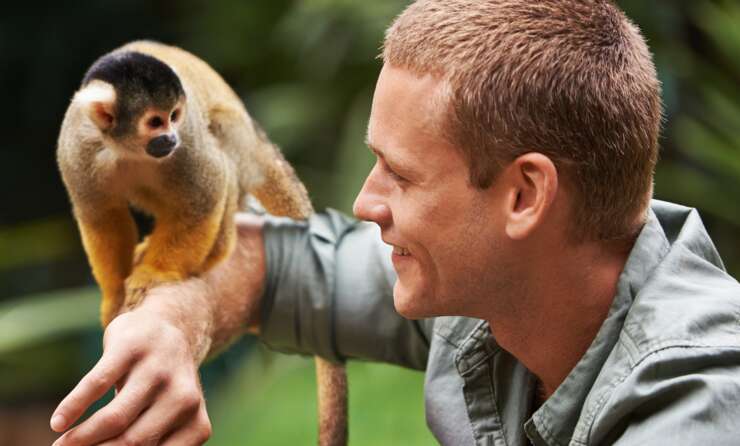
Animal Communication
Animals communicate in various ways, including through vocalizations, body language, and scent marking. Zoos offer a unique environment to study these interactions, from the roars of lions to the subtle movements of reptiles.
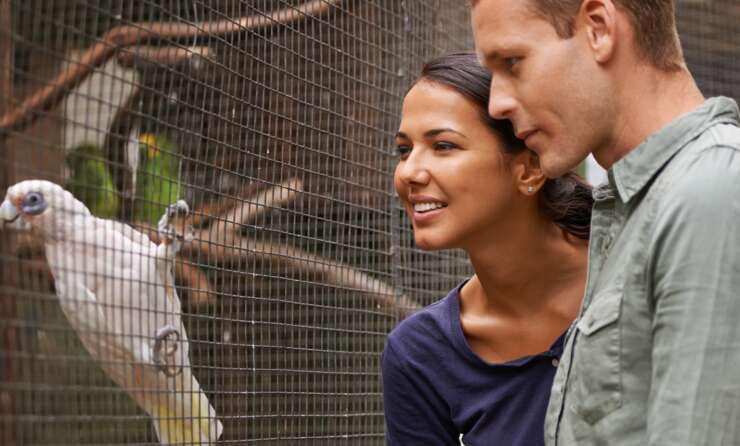
Insect Exhibits
Insect exhibits are becoming more common in zoos, showcasing the incredible diversity of the insect world. From ants to butterflies, these small creatures play a massive role in ecosystems, often serving as pollinators or decomposers.
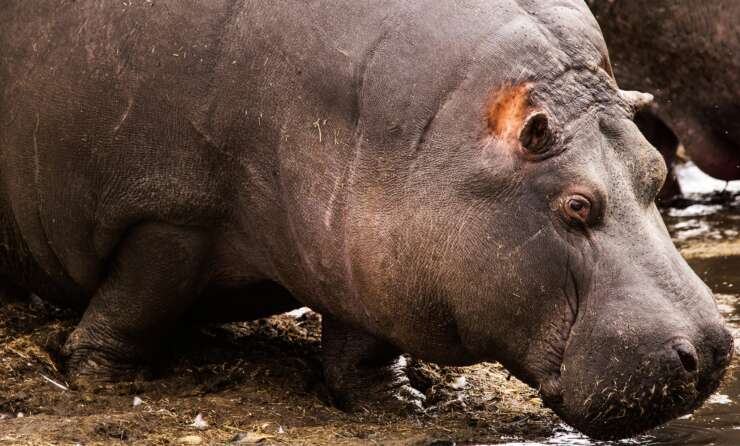
Animals and Their Natural Defenses
Many zoo animals have fascinating defense mechanisms, from the camouflage of chameleons to the powerful claws of big cats. These adaptations help animals survive in the wild and are often highlighted in zoo exhibits to educate visitors on survival tactics.
Discover
Zoo Life
our mission
We provide the finest care to the animals in our parks and redouble our efforts to protect wildlife around the world.
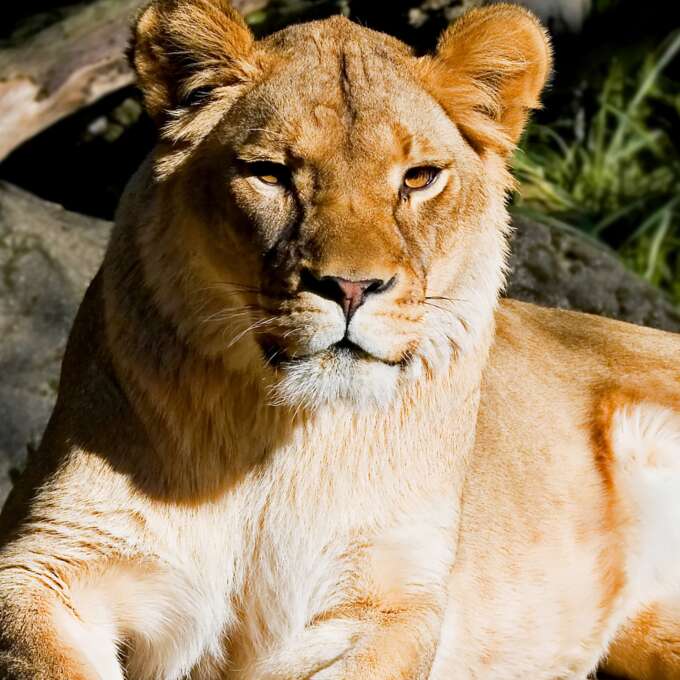
Zoo Animals
Some zoo animals, like birds or large mammals, naturally migrate in the wild. Zoos simulate these patterns by creating environments where animals can move freely, helping them stay active and healthy.
Animals have highly specialized senses. For example, eagles have exceptional eyesight, while elephants communicate through low-frequency sounds. Zoos provide insights into how these enhanced senses help animals survive in their natural habitats.
Zoo Highlights
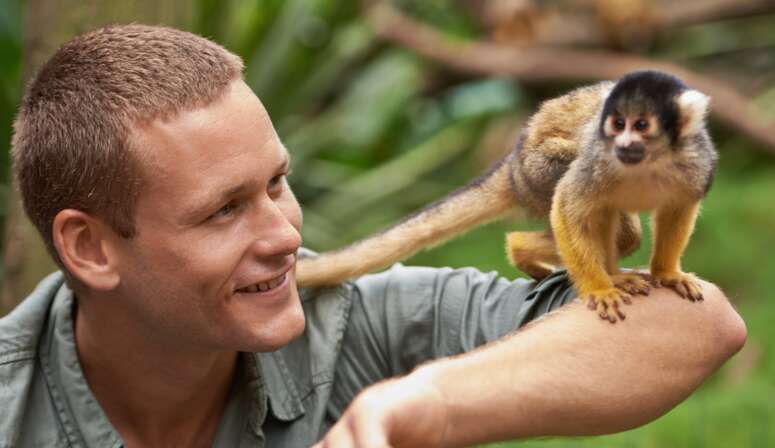
Animal Lifespan in Zoos
Animals in zoos often live longer than in the wild due to regular veterinary care, balanced diets, and protection from predators or environmental threats. This provides opportunities to study their aging process and behavior over time.
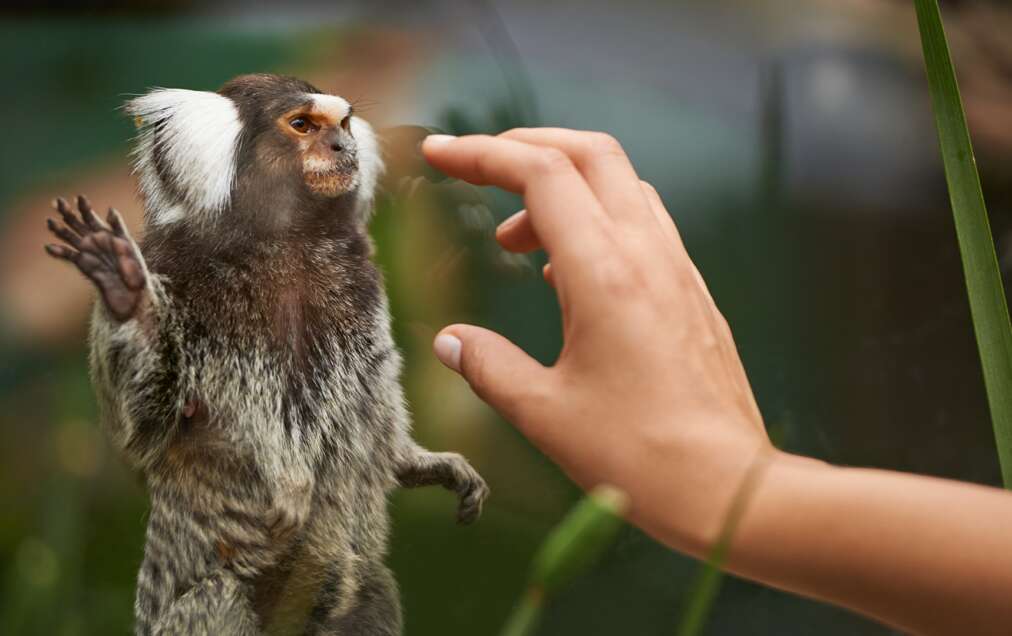
The Role of Zoos in Species Reintroduction
Zoos participate in programs that reintroduce animals back into the wild. Successful breeding and rehabilitation efforts ensure that certain species, once endangered, can return to their natural habitats and help restore ecosystems.

Hibernation in Zoo Animals
Some animals, like bears and certain reptiles, hibernate during colder months. Zoos replicate these natural cycles by adjusting the climate and environment, allowing these animals to follow their biological rhythms.
Act
Wild Life
History
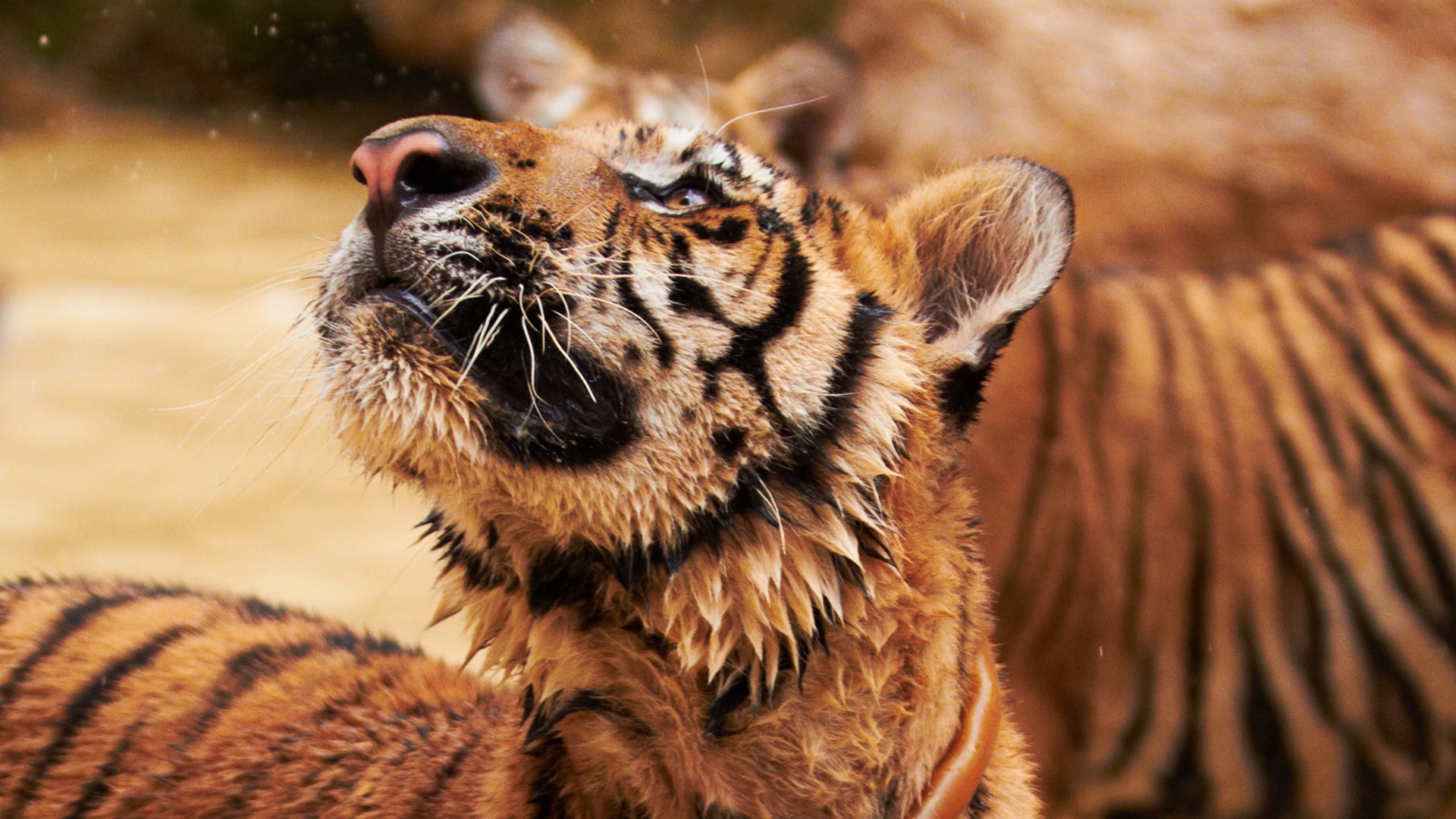
The Role of Zoos in Conservation and Animal Preservation
Zoos have evolved from simple collections of exotic animals into vital institutions for wildlife conservation. In the face of habitat destruction, climate change, and poaching, zoos offer a sanctuary for endangered species and play a key role in breeding programs aimed at reintroducing animals into the wild.
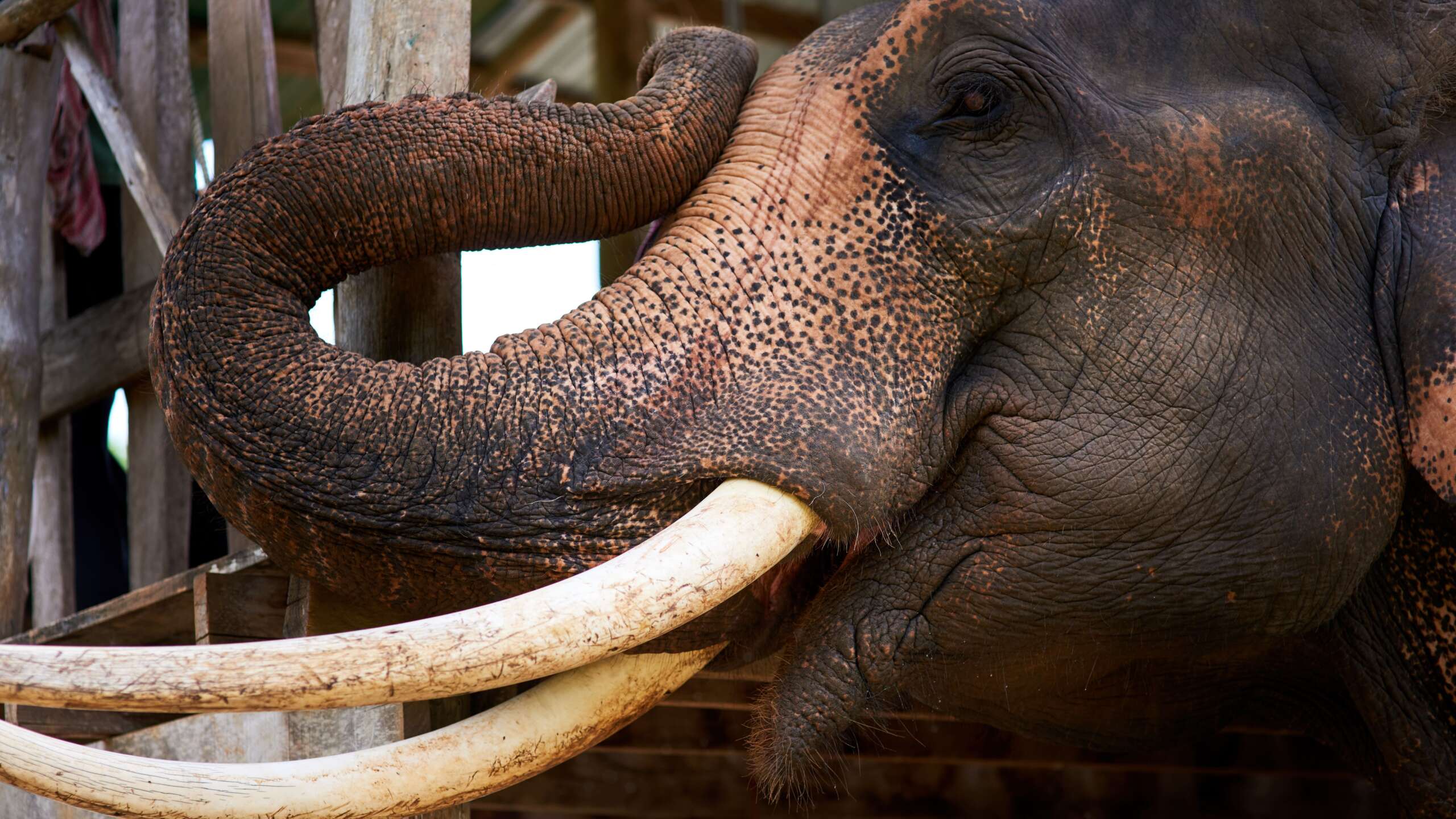
The Complex Social Structures of Zoo Animals
Many zoo animals live in social groups, which mirror the dynamics they would experience in the wild. Social animals, such as elephants, primates, and meerkats, form intricate hierarchies and relationships that are essential to their well-being. Zoos strive to replicate these social structures to ensure that animals can engage in natural behaviors.
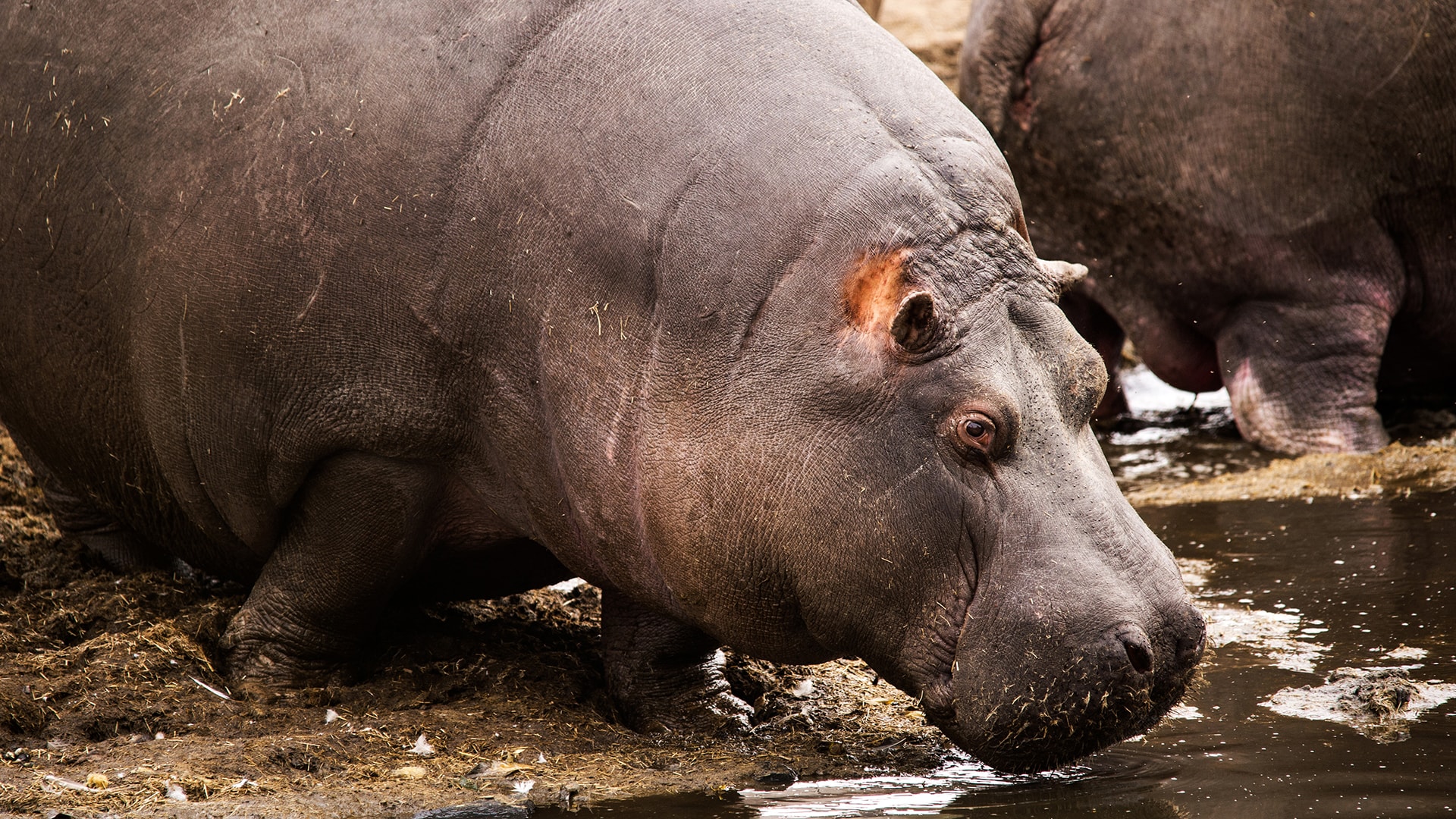
Challenges in Replicating Natural Habitats for Zoo Animals
Creating natural habitats for zoo animals is one of the greatest challenges faced by modern zoos. Each species has unique needs based on its native environment, including specific temperature, humidity, and space requirements. Zoos invest significant time and resources into designing enclosures that closely mimic the wild, ensuring the animals’ physical and psychological health.
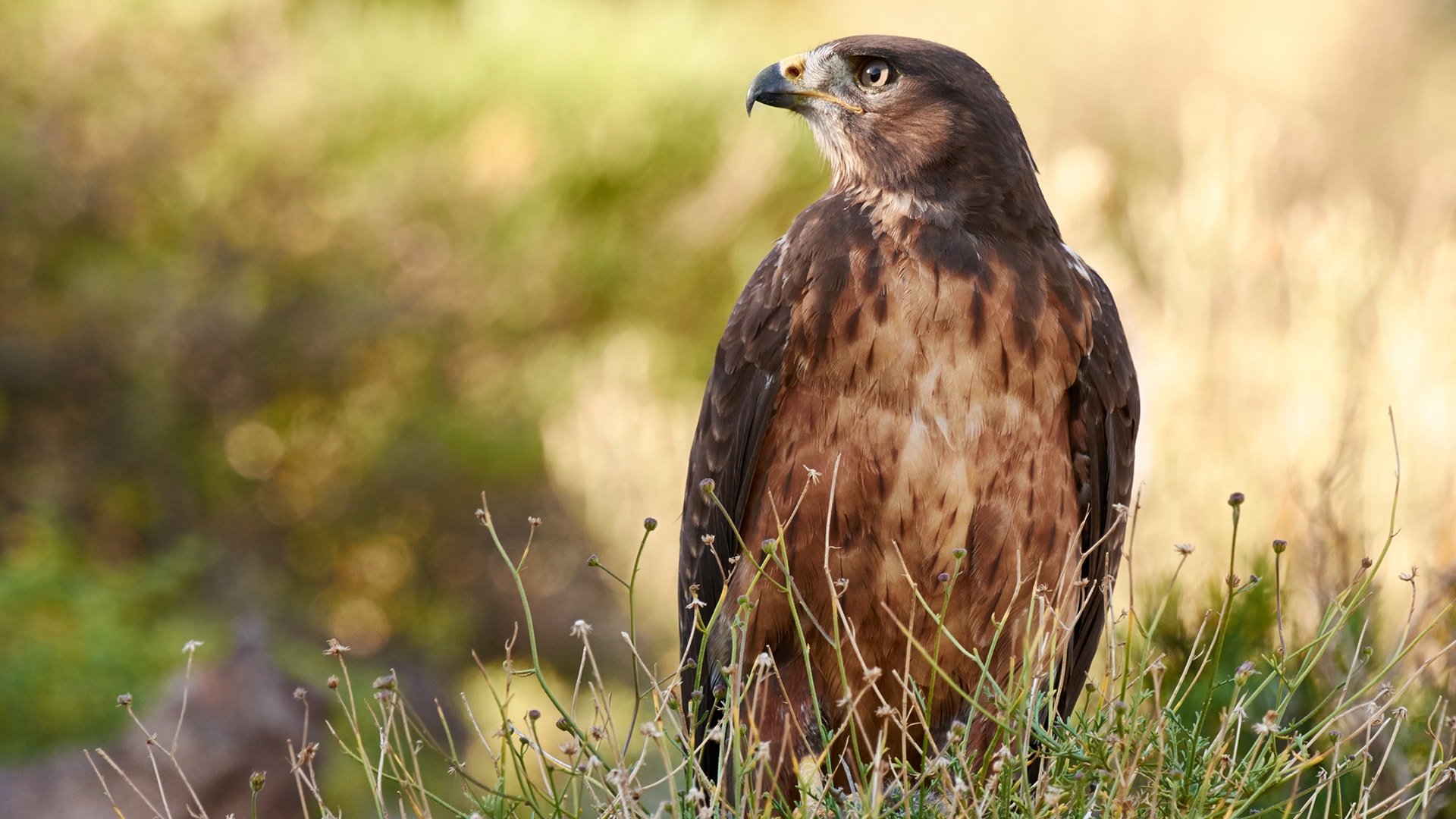
Animal Reproduction and Breeding Programs in Zoos
Zoos have become centers for scientific research on animal reproduction, playing a crucial role in the survival of endangered species. Breeding programs in zoos help maintain the genetic diversity of species that are struggling to survive in the wild. These programs require careful planning, as not all animals breed easily in captivity.
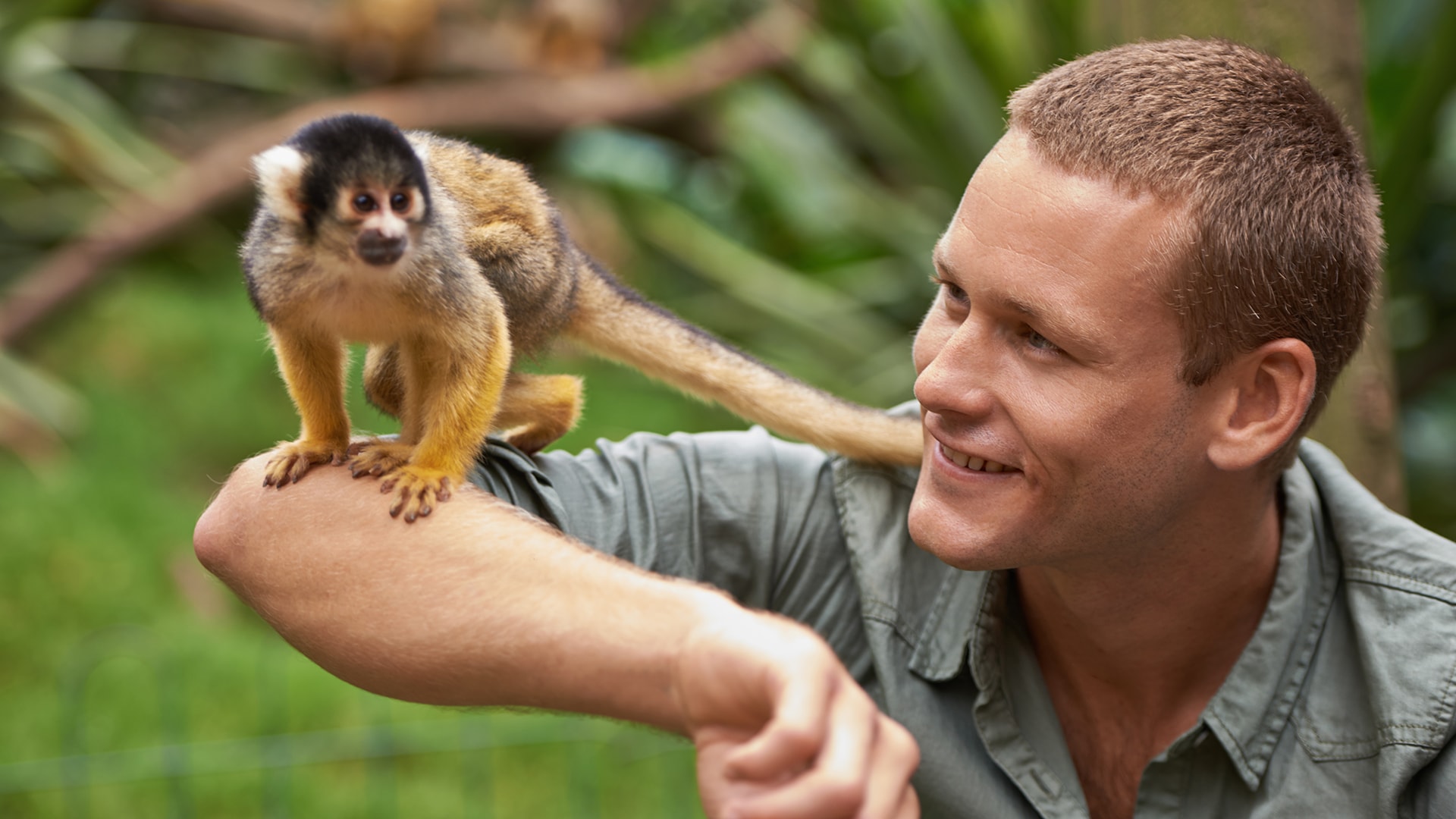
The Importance of Animal Enrichment in Zoos
Enrichment programs are essential for keeping zoo animals mentally and physically active. In the wild, animals spend much of their time foraging, hunting, or defending their territory, but in zoos, these activities are often limited. To prevent boredom and encourage natural behaviors, zoos introduce a variety of enrichment activities that mimic challenges found in the wild.
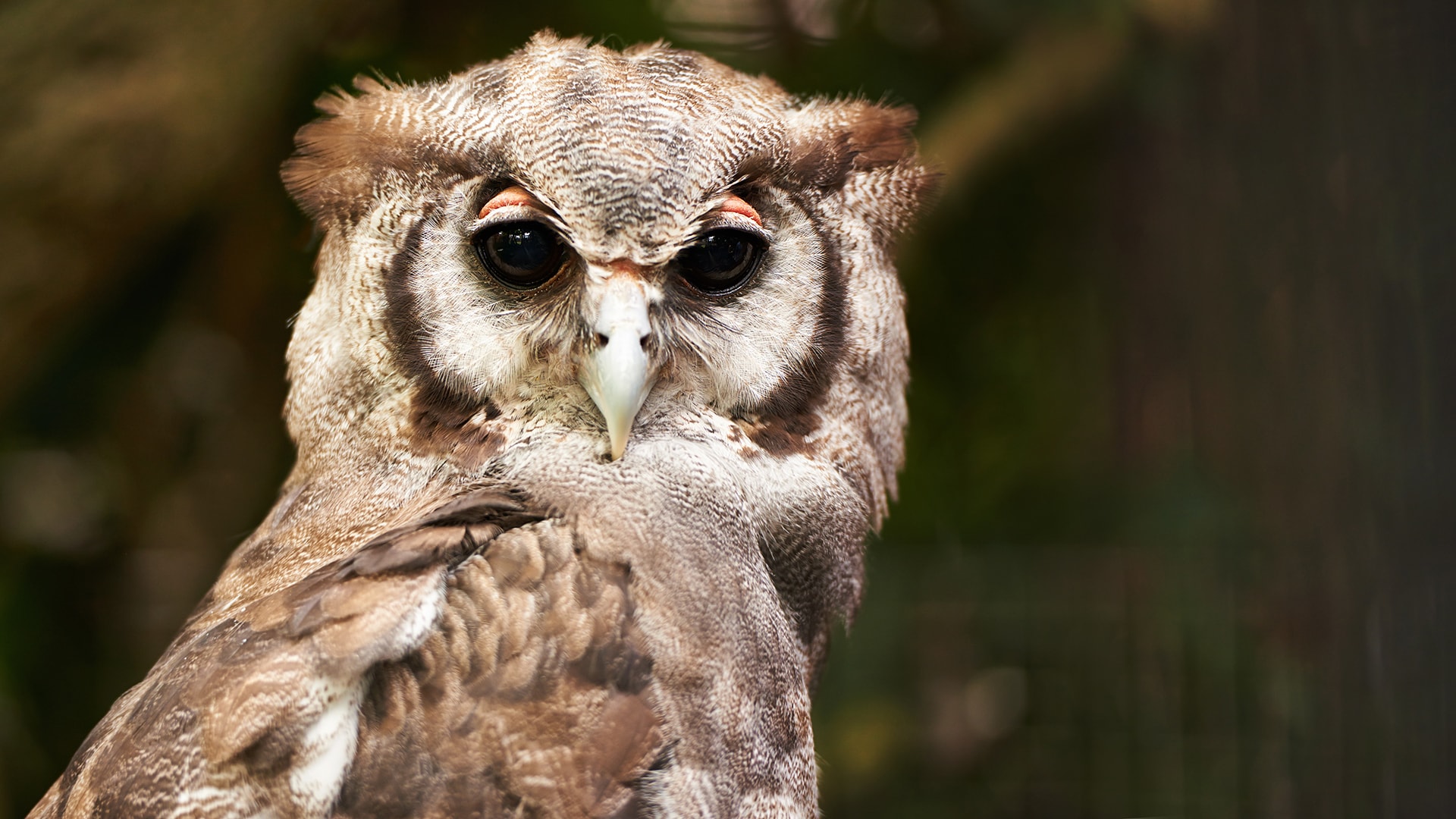
The Ethics of Keeping Animals in Zoos
The ethics of keeping animals in zoos has been the subject of much debate over the years. While zoos provide safe environments for endangered species and play a role in conservation, some critics argue that keeping animals in captivity is inherently unnatural. They believe that animals should live in the wild, free from human interference.


